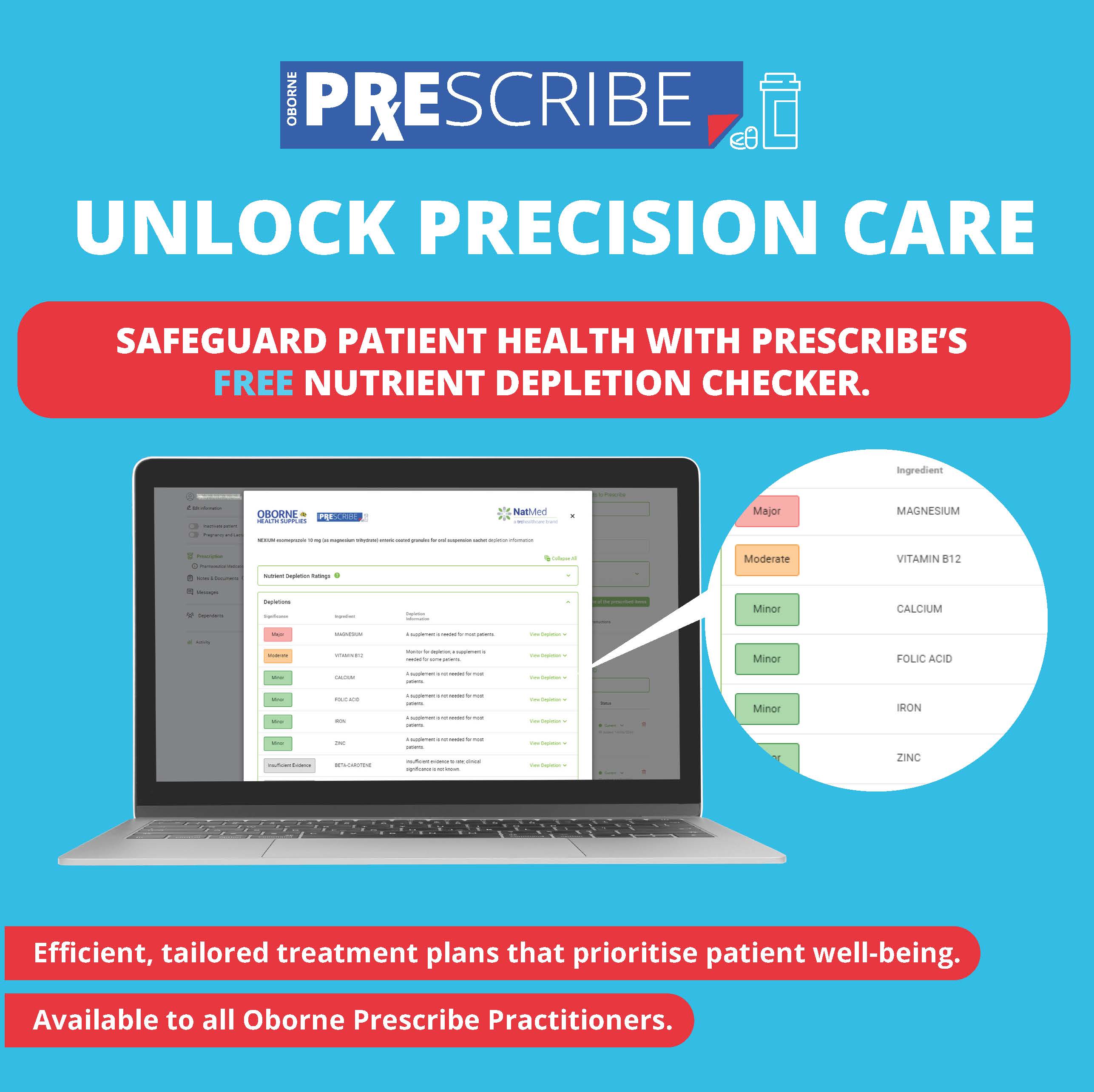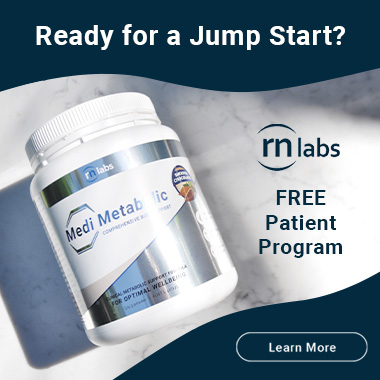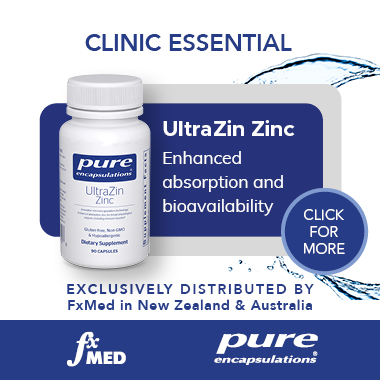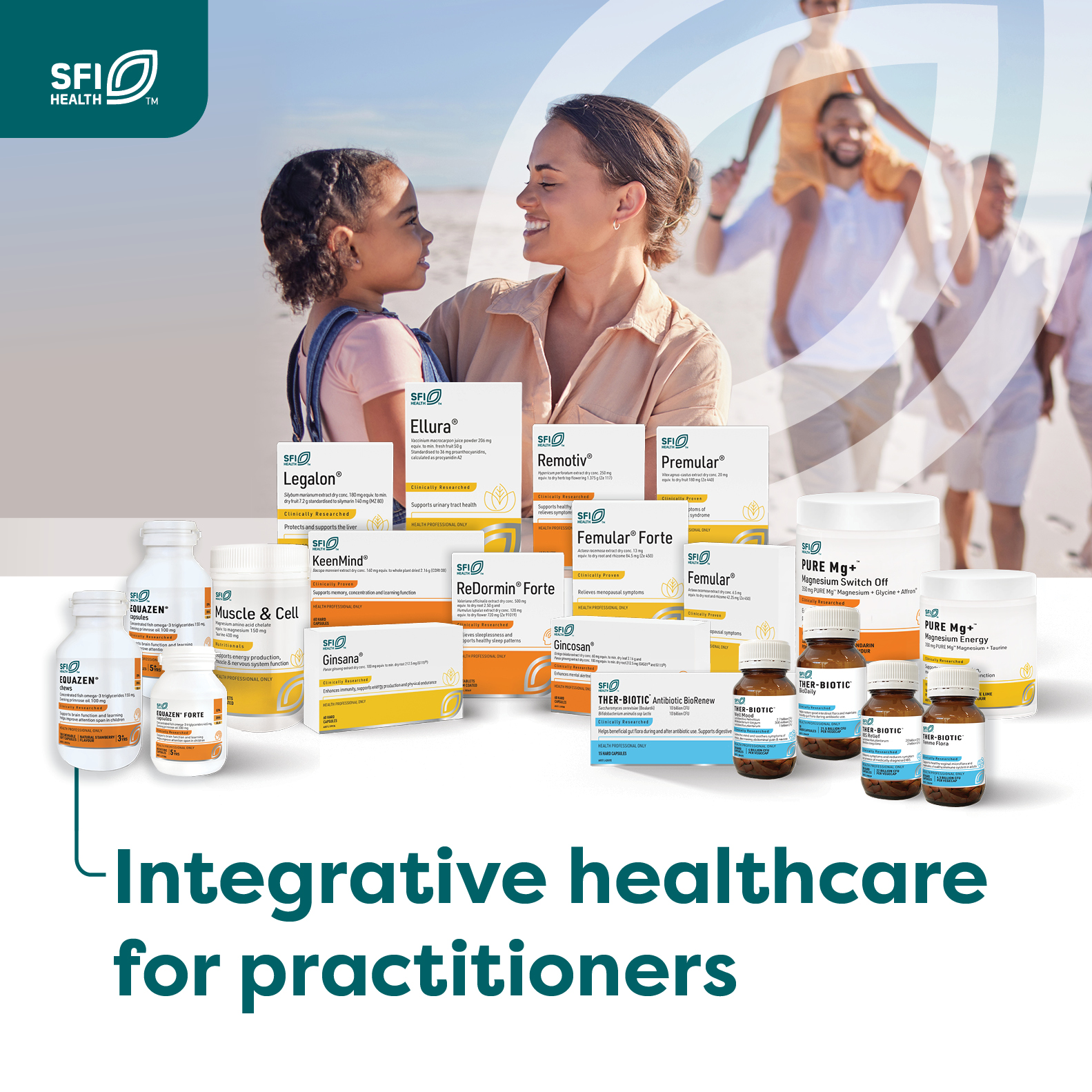Volume 32 Issue 3
Nourishing quality naturopathic and herbal clinical research output: a critical element for inclusion in clinical practice guidelines and public health strategies
Susan Arentz
For referencing Arentz S. Nourishing quality naturopathic and herbal clinical research output: a critical element for inclusion in clinical practice guidelines and public health strategies. The Australian Journal of Herbal and Naturopathic Medicine 2020;32(3):88-90.
DOI https://doi.org/10.33235/ajhnm.32.3.88-90
We all know that, other than a few outlandish practices, in general naturopathy and herbalism have a record of being low-risk when practised by appropriately qualified and experienced practitioners. It lays testament to one of the main characteristics of our practices, a specialised expertise about safe and effective natural medicine. It isn’t limited to the prescription of natural medicines (nutraceuticals and herbs), it also extends to other natural interventions and safe, person-centred and effective communication, which is more than just imparting information about high-risk health behaviours. We are trained in personal, sensitive and ethical communication that fosters autonomy and self-determination. These things together, adapted to individual needs, define our role. Given our clinical skills, naturopaths and herbalists are positioned alongside other health practitioners providing service, contributing to health, and meeting expressed public desires and health needs. It is somewhat perplexing that health policy and guidelines often dismiss our role and generally overlook our profession.
As a clinician and as a naturopathic researcher, I can attest to this dismissal. There is a very strong case for naturopathy in the management of women with polycystic ovary syndrome (PCOS). Clinical practice guidelines (CPGs) recommend lifestyle intervention as first-line treatment,1 but the quality of evidence for lifestyle is low and women with PCOS want more than just being told to eat less and exercise more.2 There is high-level evidence of benefits for naturopathy and western herbal medicine being included in the lifestyle intervention mix,3,4 and women plainly prefer natural health and holistic options;2,5 our role in the management of PCOS is pretty obvious. Naturopathy stands to provide direct benefits for women with the condition; it is highly acceptable and likely to improve women’s engagement and adherence to self-care behaviours, producing long-term benefits for women with PCOS, their families, communities and the health system.
However, even with such a strong case, there is no mention of naturopathy in the new lifestyle-led multidisciplinary approach of the CPG,1 only one clinical practice recommendation for a naturopathic type of treatment – inositol.6 And inositol, provided as a single ‘natural medicine’, is arguably more of a pharmaceutical approach than a naturopathic one, and certainly won’t confer the added physical, psychological, emotional and social benefits of a naturopathic consultation.
Being marginalised is not a new thing for naturopathy and herbalism. It is partly born of our history and desire to maintain a point of difference, perhaps a fear of being absorbed into a big health conglomerate and loosing definition and identity, and opinions are often split with internal arguments, vested interests and complex politics. Whilst a pathway to integration with professional (philosophically informed) identity intact is gradually becoming illuminated, some characters and nuances could still impede progress. Of these is the fact that many other types of health practitioners don’t know what naturopathy or herbalism is, and they have a negative impression. Another is our obscured view of changes in the broader healthcare landscape, obscured because our education about research and public health until recently has been limited,7,8 which is not unique to naturopathy and herbal medicine, but a critical limitation as we louden our voice and claim our place in the healthcare landscape.9
I had the opportunity to revisit the absence of naturopathy in the PCOS guidelines problem. In a pre-pandemic meeting, I asked one of the authors why it was not included in the CPG?10 He explained that it was because the developers had not considered questions about naturopathy or herbal medicine as being relevant. It revealed a cognitive bias of the writing group and a negative orientation towards naturopathy and traditional, complementary and integrative medicine (TCIM) in general.11 It wasn’t even on their radar to ask about it. This same bias was also visible in the early public health response to COVID-19.12
Early warnings of the non-efficacy and/or non-validity of nutraceuticals13 and safety risks14 were quickly available, before the plausibility of any of these treatments had been explored. It reflects typical decisions of mainstream publication of naturopathy and herbal medicine in health and medical journals where efficacy studies showing negative outcomes – no effect or may not be safe – are very likely to be rapidly published. On the other hand, studies showing positive and clinically meaningful benefits are subjected to intense scrutiny, and in the end may still not be believed.
Published positive findings of naturopathy and/or herbalism in mainstream health or medical journals is a significant achievement and certainly one worth celebrating. It relies on precise, transparent and logical methods, accurate results, and discussion of limitations (in addition to benefits). It often needs the rigorous, unswerving support from an external champion, usually on the co-authorship team, and peer reviewers and editors who are open-minded to the possibility. Despite the skill, commitment, persistence and diligence that is needed for mainstream publication of positive effects for naturopathy and herbalism, it really is a worthwhile task, as it is one of the main keys to establishing a valid role in public health settings. It also complements the literature that describes our practices.
Whilst accurate descriptions of who we are and what we do are important, explanations of the clinical benefits with respect to what is currently on offer, logically situate naturopathy and herbalism in public health and clinical practice settings. Replicating processes and repeating clinical findings for the sake of being research engaged, whilst maybe self-validating and important to us, are not necessarily innovative nor strategically savvy, particularly when repeating evidence of ‘no effect’ and ‘more research is needed’. The underlying message is that even with our input, the same (previously generated) knowledge isn’t changed. At its core, dissemination of these findings demonstrates that we don’t actually have anything more to add.
A more innovative strategy enables us to frame the results in a public health context by logically and transparently presenting added benefits, or benefits that may only be achievable with naturopathy and herbalism, in the same language and published in the same location as other clinical evidence. This strategy supports the role of naturopathy and herbalism in a public health setting. It complements the existing (excellent) literature that describes our practices, because it presents information that is similar but from a different perspective. Strategies that nourish the efforts of naturopaths and herbalists to reach beyond defining and describing what we do pave a brighter and wider (inclusive) path forward for naturopathy and herbalism.
This issue presents a couple of interesting original research articles. The first is a randomised control trial (RCT) demonstrating equivalence of the herbal medicine Moringa oleifera against iron-folic acid supplementation for improved infant and maternal health in anaemic women when taken in the third trimester of pregnancy. The benefits are not only demonstrated for women and their babies, but also for the health system of Indonesia. The herbal medicine is a local-based resource, abundantly available and used in the traditional medicine setting of maternity care in South Sulawesi Province. The RCT supports the case for use of Moringa oleifera over government-supplied iron-folic acid supplements, offering choice to pregnant women and their communities and affirming traditional wisdom. The RCT also informs clinical decision-making. Congratulations to the authors for their wonderful work.
The second explores the use of coffee as a hair colourant. This case study presents an alternative to use of harsh chemicals, supporting well-being and self-esteem for those who don’t want grey hair.
The third is a systematic review of clinical evidence for selenium supplements and the reduction of antibodies in Hashimoto’s disease. I’d like to thank all reviewers for their informative feedback in peer review it is often time-consuming and their time investment benefits us all.
Dr Wendy McLean has put together MedJourn and MedPlant for this issue. It includes a large observational study from Norway finding an association between maternal micronutrient use, including folic acid, and fewer birth anomalies. It also includes investigations into aerobic exercise for metabolic associated fatty liver disease, probiotics for prevention of infant allergies, associations between maternal immunity and autism spectrum disorder, and NAC for psychological disorders. Herbal medicines include Valerian, Ginkgo, Rhodiola, Melissa, saffron, lavender and a formulation of turmeric, ginger and Kava constituents for osteoarthritis. Thanks Wendy.
I hope you enjoy this issue.
Author(s)
Susan Arentz PhD, BHSc(Hons)
Editor, Australian Journal of Herbal and Naturopathic Medicine
PO Box 696, Ashfield, NSW 2131, Australia
editor.ajhnm@nhaa.org.au
References
- Teede H, Misso M, Costello M, Dokras A, Laven J, Moran L, Piltonen T, Norman R. International evidence-based guideline for the assessment and management of polycystic ovary syndrome. In: Council NHaMR, ed. Australia: NHMRC; 2018.
- Arentz S, Smith CA, Abbott J, Bensoussan A. Diet and exercise as a management strategy for symptoms of polycystic ovary syndrome (PCOS): the views of women in the community with PCOS. BMC Women’s Health In Review 2020.
- Arentz S, Smith CA, Abbott J, Bensoussan A. Nutritional supplements and herbal medicines for women with polycystic ovary syndrome; a systematic review and meta-analysis. BMC Complementary and Alternative Medicine 2017;17:500.
- Arentz S, Smith CA, Abbott J, Fahey P, Cheema BS, Bensoussan A. Combined lifestyle and herbal medicine in overweight women with polycystic ovary syndrome (PCOS): a randomized controlled trial. Phytotherapy Research 2017;31:1330–40.
- Arentz S, Smith CA, Abbott JA, Bensoussan A. A survey of the use of complementary medicine by a self-selected community group of Australian women with polycystic ovary syndrome. BMC Complementary and Alternative Medicine 2014;14:472.
- Teede HJ, Misso ML, Costello MF, et al. Recommendations from the international evidence-based guideline for the assessment and management of polycystic ovary syndrome. Fertility and Sterility 2018;110:364–79.
- Aucoin M, Cooley K, Knee C, Tsui T, Grondin D. Naturopathy special interest group research capacity and needs assessment survey. The Journal of Alternative and Complementary Medicine 2019;25:189–95.8.
- Steel A, Peng W, Gray A, Adams J. The role and influence of traditional and scientific knowledge in naturopathic education: a qualitative study. The Journal of Alternative and Complementary Medicine 2019;25:196–201.
- Goldenberg JZ, Burlingham BS, Guiltinan J, Oberg EB. Shifting attitudes towards research and evidence-based medicine within the naturopathic medical community: the power of people, money and acceptance. Advances in Integrative Medicine 2017;4:49–55.
- Costello M. Personal communication. In: Arentz S, ed; 2019.
- Glick M. Believing is seeing: confirmation bias. The Journal of the American Dental Association 2017;148:131–2.
- Hunter J, Arentz S, Goldenberg J, et al. Choose your shortcuts wisely: COVID-19 rapid reviews of traditional, complementary and integrative medicine. Integrative Medicine Research 2020:100484.
- Department of Health. No evidence to support intravenous high-dose vitamin C in the management of COVID-19: safety alert. Department of Health, Federal Government of Australia, 2020. Available from: https://www.tga.gov.au/alert/no-evidence-support-intravenous-high-dose-vitamin-c-management-covid-19
- Medscape. FDA warns of silver, other bogus COVID-19 cures. WebMD Health News 2020. Available from: https://www.medscape.com/viewarticle/934939_print






